Acute or chronic pain in the hip joint (HJ) often indicates the development of diseases of the musculoskeletal system, which is important for prompt diagnosis and treatment. At the early stages of the development of the pathology, it is possible to conservatively relieve joint pain using special tablets and ointments. When the disease begins, the joints become immobile and the constant pain syndrome causes anxiety, and surgical intervention is indispensable.
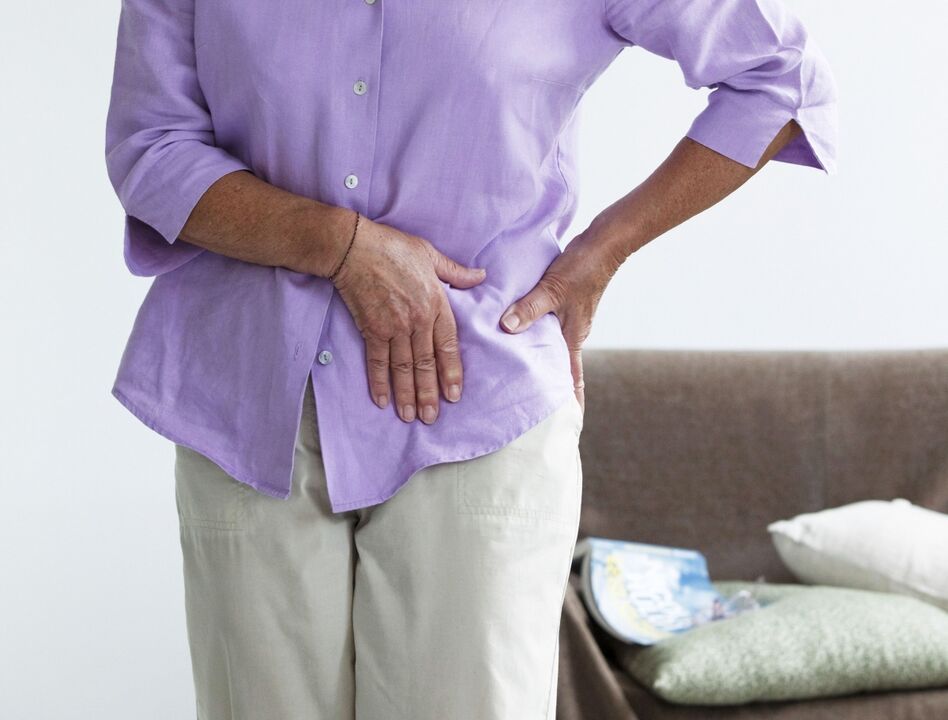
Possible causes and symptoms
Severe pain in the hip joint can be caused by various degenerative-dystrophic pathologies, under their influence the joints are destroyed, erased and completely stopped working. Periodic pain often causes anxiety about spinal diseases, so there is muscle tension and compression of nerve fibers. Pelvic pain is caused by trauma, bruising, or a fracture of the head or neck of the femur. To determine the exact cause of hip pain, you need to see a doctor.
trauma factor
serious bruises
Acute pain when sitting, walking, or flexing the leg occurs as a result of bruising that occurs from a fall to the side or a direct blow to the femoral joint. With a bruise, the structure of the bone tissue remains intact, but the soft fibers are greatly affected and damage to the ligaments can occur. At the site of impact, a large hematoma is formed, which is painful when pressed, but if the patient is at rest, there is no pain syndrome. As pain in the left or right hip joint increases, you should see your doctor to rule out a fracture.
hip dislocation
Such a violation occurs under the influence of a large force along the axis of flexion at the knee joint with the fixed body. A typical scenario of this condition is an accident or a fall from a great height. With a dislocation, a person worries about severe joint pain that radiates down the leg and groin area, completely disrupting the functioning of the limb. This can be alleviated by applying cold compresses to the affected area, furthermore, it requires professional medical help.
It is important to note that if a dislocation is suspected, you should not attempt to place the joint yourself.
hip fracture
Often become the cause of hip pain in older women. Integrity damage usually occurs from drops and strong impacts of the trochanter on hard surfaces. Fracture of the femoral neck is considered one of the dangerous diseases, because there is a high risk of complications in the form of thrombosis, infection, necrosis. Typical symptoms:
- Severe pain in the left or right hip joint, aggravated when trying to move the limb or bring it to the side.
- When sitting or lying down, the victim is unable to lift his feet off the floor.
- Compared to a healthy injured leg looks shorter.
- If nerve structures are affected, numbness in one limb occurs.
after operation
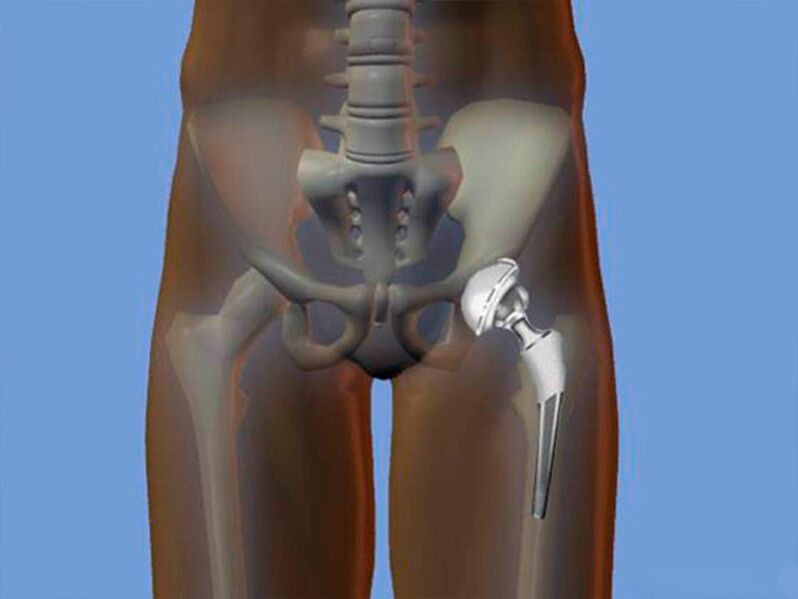
Typically, pain in the hip, lower back, and back joints occurs after surgery related to implant installation. The need for arthroscopic insertion arises in cases where the root joint is worn and worn for some reason and the problem cannot be treated conservatively. To prevent further destruction of the joint, endoscopy is performed. After the operation, until the wound is completely healed, the patient will have severe pain, however, with each new day, their intensity will decrease.
Complications after a hip replacement not only negatively affect the hip area, but also affect the general physical, psychological state, physical activity, and ability to walk. To restore the former health, it is necessary to undergo a series of rehabilitation measures, which are prescribed based on the developed pathologies and problems. To recover quickly and effectively, it is necessary to identify the causes of complications and limitations after hip replacement surgery.
Diseases
inflammation
Dangerous complications causing hip pain. There are such types of purulent inflammation:
- Primary school. The main reason is the direct entry into the joint cavity of the pathogenic microflora.
- Middle School. The infection enters the joint structures with blood from other foci of inflammation.
Symptoms of inflammatory complications are:
- Musculoskeletal pain;
- edema formation;
- skin redness;
- heat;
- limb dysfunction.
bursitis
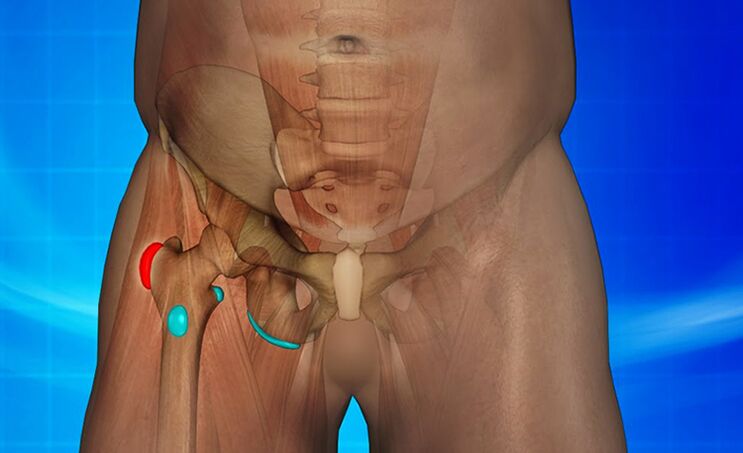
Usually, frequent joint injuries lead to an inflammatory process in his pocket.
It is often diagnosed in athletes whose knees and hip joints are prone to frequent injuries and bruises.
Under the influence of a traumatic factor, inflammation develops in the joint sacs. Gradually, pathological secretions accumulate in the synovial sac, an inflammatory complication appears. When walking, pain in the groin and below begins to bother, spreading to the knee. There is a feeling of stiffness in movement, in severe cases, aching limbs even at rest, temperature rises, swelling forms.
Tumors of various etiologies
Pain in the right or left hip joint can cause a lump:
- Light. As they increase in size, they compress nerve structures, causing discomfort and causing periodic uncomfortable symptoms in the spine and hips.
- Malignant. These are dangerous tumors that tend to grow quickly and spread throughout the body. In the early stages, the patient complains that the joints are painful after running or walking. Increasingly, the tumor compresses the nerve structures, a person has a leg amputated, the sacrum is very painful, there is pain in the lower back. Conventional pain relievers in this case are not able to relieve pain in the hip joint.
- Femoral neck sarcoma. Severe disease, bone cancer, in the progression of the patient's pelvis very painful after sitting, walking, standing. The disease is characterized by chronic fractures of the femoral neck, as a result of which joint activity is significantly restricted. Also pay attention to signs of intoxication, under the influence of which the general condition of the patient deteriorates significantly.
other reason
Due to the destruction of cartilage in the joints, a person begins to have difficulty moving.
If a person has pain in the legs and hip joints, the following conditions can cause such symptoms:
- Coxarthrosis. A chronic, degenerative-dystrophic disease characterized by destruction of connective cartilage and the growth of osteophytes on bony structures. In the early stages, symptoms are not manifested, but as it progresses, the functional mobility of the joints is disturbed, the patient is disturbed by severe pain, muscle deformation and atrophy. If treatment is not started in time, a person will become disabled.
- Osteoarthritis. A disease of a degenerative nature in which the lumbar spine can be destroyed and deformed. Due to inflammation and compression of nerve fibers, the pain radiates down the thigh, the patient's motor activity is markedly reduced, and the patient feels uncomfortable and anxious even at complete rest.
If the hip joint hurts in a child, it is possible to develop such pathologies:
- dysplasia and subdislocation of the hip;
- degenerative joint disease;
- epithelium.
diagnostic method
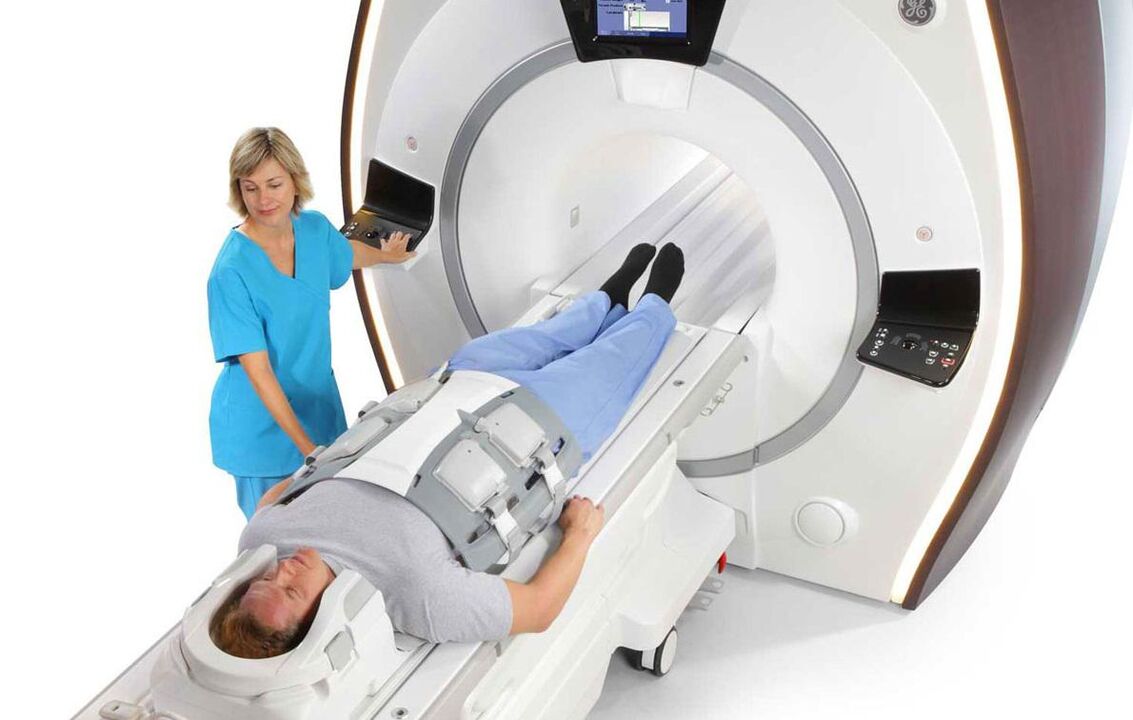
With severe, constant pain in the hip joint, you need to contact an orthopedist, who will help make an accurate diagnosis and prescribe appropriate treatment.
After conducting the initial examination and taking the history, the doctor will give directions for making such diagnostic measures:
- x-rays of the spine and hips;
- ultrasound and angiography;
- electromechanical;
- CT, MRI of the thigh;
- Laboratory tests will reveal the presence or absence of other dangerous pathologies in the body.
What is treatment?
Effective medicine
Depending on the patient's diagnosis, the doctor selects the appropriate drug regimen in order to eliminate the concomitant symptoms and relieve the patient's general condition. During conservative treatment, it is important to limit the load on the joint, if necessary, to observe bed rest and the use of orthopedic devices. The following fund groups are used:
- Non-steroidal anti-inflammatory drugs. Helps relieve inflammation, swelling, pain.
- Analgesic. Relieves acute pain.
- Glucocorticoids. If NSAIDs do not help to eliminate the inflammatory complication, steroid drugs are prescribed, which are injected directly into the joint cavity.
- Muscle relaxants. Reduce muscle spasms.
- hemostasis. Promotes reabsorption of hematomas.
- Chondroprotectors. Restores cartilage structures, preventing their further destruction.
Help method
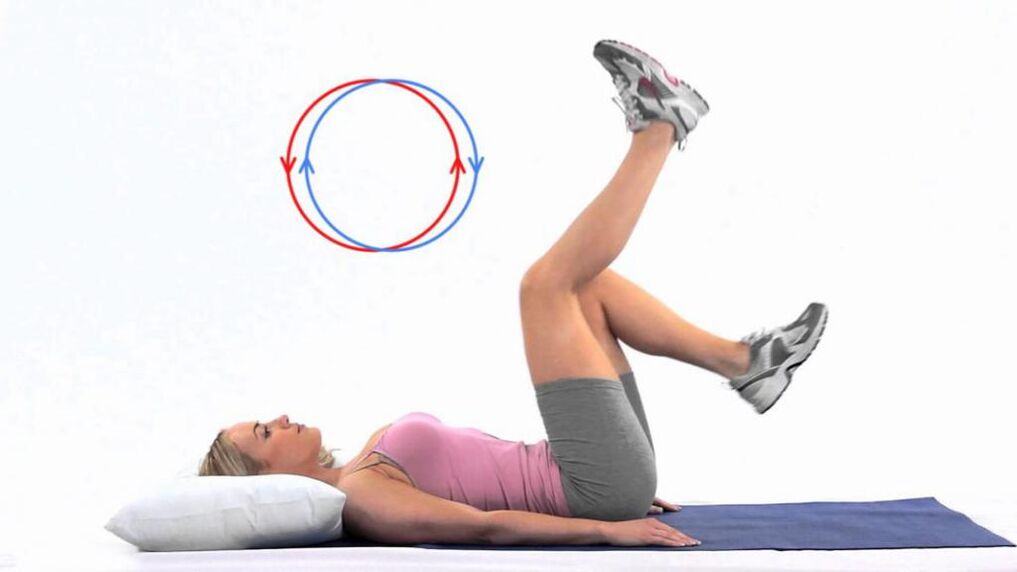
Exercise "bicycle" will help avoid trouble from joints.
To speed up recovery and normalize the functioning of the hip joint, regular therapeutic exercises are recommended. The training complex is selected by the doctor for each individual patient, taking into account the general condition and diagnosis. For prevention, the following exercises should be performed daily:
- bicycle;
- scissors;
- pick up small objects with your toes;
- Walk barefoot on toes and heels.
In parallel, a course of physiotherapy is prescribed, such as electrophoresis, phonemic, laser therapy, massage. When diagnosing malignant tumors or advanced pathologies of a disfiguring nature, surgical intervention is indispensable. During surgery, the surgeon will remove the affected tissue and, if necessary, transplant. To prevent recurrence and speed up recovery, rehabilitation is prescribed.












































